





 |
 |
 |
 |
 |
 |
| Joseph Uy | profile | all galleries >> Galleries >> Noh | tree view | thumbnails | slideshow |
| previous page | pages 1 2 3 ALL | next page |
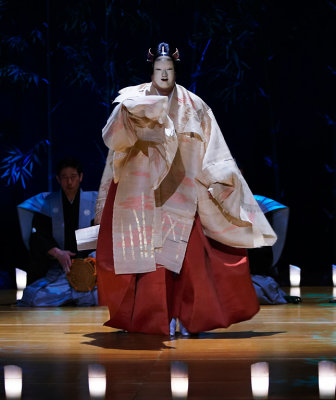 _MG_6704.jpg |
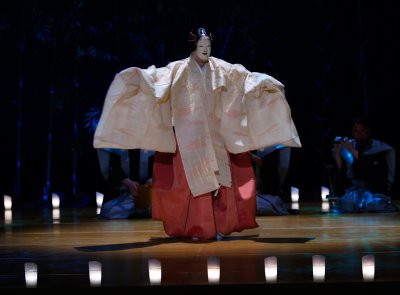 _MG_6708.jpg |
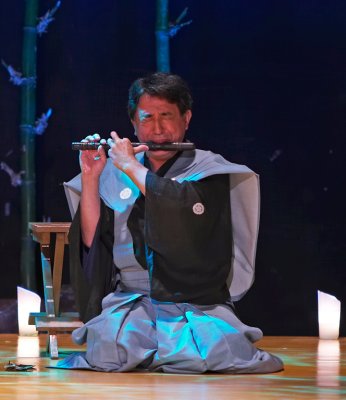 Noh Kan (Flute) |
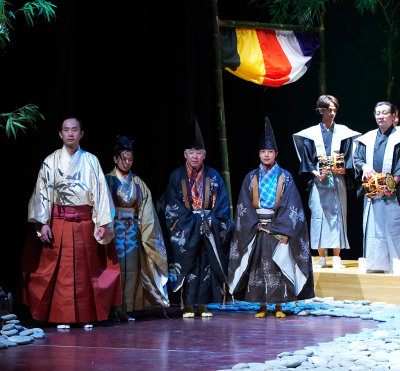 The Masters of Noh |
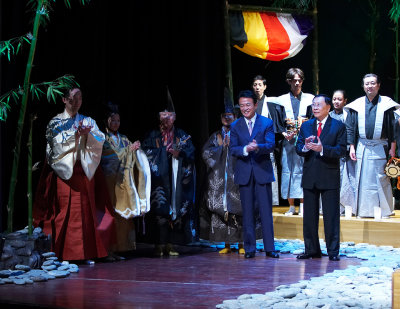 Secretary Romulo and Minister Aso |
| previous page | pages 1 2 3 ALL | next page |
| comment | share |
| glydel canlas | 25-Feb-2011 05:17 | |
| Harry | 12-Nov-2007 14:22 | |
| jun umali | 01-Aug-2006 02:30 | |
| Guest | 27-Jul-2006 00:03 | |
| Dendi | 26-Jul-2006 01:14 | |
| Gilbert | 25-Jul-2006 04:30 | |
| Guest | 25-Jul-2006 04:12 | |
| Guest | 25-Jul-2006 00:47 | |
| Guest | 25-Jul-2006 00:08 | |
| Guest | 24-Jul-2006 23:22 | |
| harry t. wong | 24-Jul-2006 13:18 | |
| Guest | 24-Jul-2006 03:40 | |